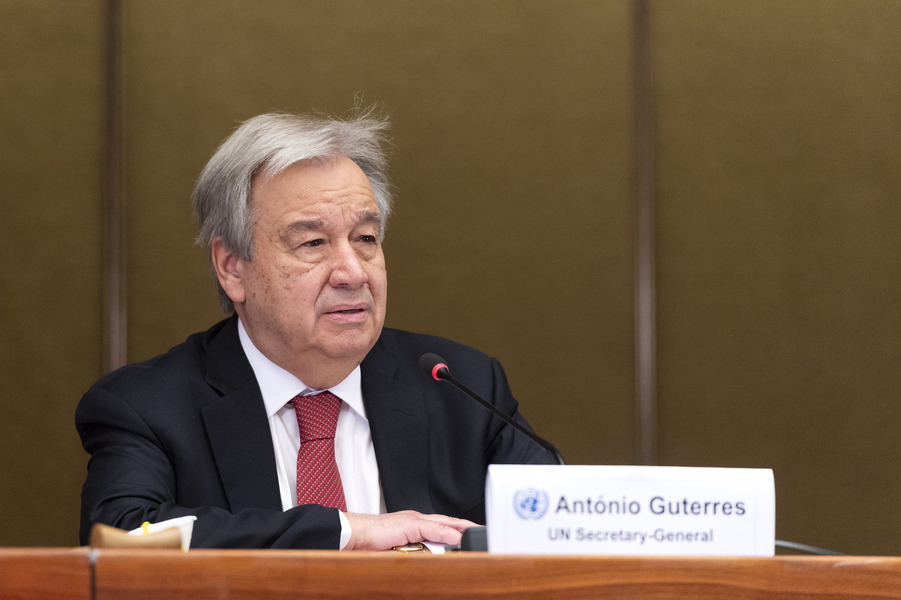Pentagon Releases New 2015 Cybersecurity Strategy
Today, Secretary of Defense Ashton Carter unveiled the Pentagon's new cybersecurity strategy at Stanford University in a speech entitled "Rewiring the Pentagon: Charting a New Path on Innovation and Cybersecurity."
Published by The Lawfare Institute
in Cooperation With

Today, Secretary of Defense Ashton Carter unveiled the Pentagon's new cybersecurity strategy at Stanford University in a speech entitled "Rewiring the Pentagon: Charting a New Path on Innovation and Cybersecurity."
According to the Associated Press, the strategy is the first document in which the United States has publicly said that the U.S. military intends to use cyberwarfare as an option in potential conflicts. The first cyberstrategy document, released in 2011, focused heavily on defense. However, the 2015 version clearly states that the United States "should be able to use cyber operations to disrupt an adversary's command and control networks, military-related critical infrastructure and weapons capabilities."
The strategy outlines three principle cyber missions for the Pentagon:
It also sets five strategy goals for cyberspace missions:
- DoD must defend its own networks, systems, and information.
- DoD must be prepared to defend the United States and its interests against cyber attacks of significant consequence.
- If directed by the President of the Secretary of Defense, DoD must be able to provide integrated cyber capabilities to support military operations and contingency plans.
The full 2015 strategy is available here. You can find the Defense Department fact sheet here.
- Build and maintain ready forces and capabilities to conduct cyberspace operations;
- Defend the DoD information network, secure DoD data, and mitigate risks to DoD missions;
- Be prepared to defend the U.S. homeland and U.S. vital interests from disruptive or destructive cyberattacks of significant consequence;
- Build and maintain viable cyber options and plan to use those options to control conflict escalation and to shape the conflict environment at all stages;
- Build and maintain robust international alliances and partnerships to deter shared threats and increase international security and stability.
Cody Poplin is a student at Yale Law School. Prior to law school, Cody worked at the Brookings Institution and served as an editor of Lawfare. He graduated from the UNC-Chapel Hill in 2012 with degrees in Political Science & Peace, War, and Defense.





